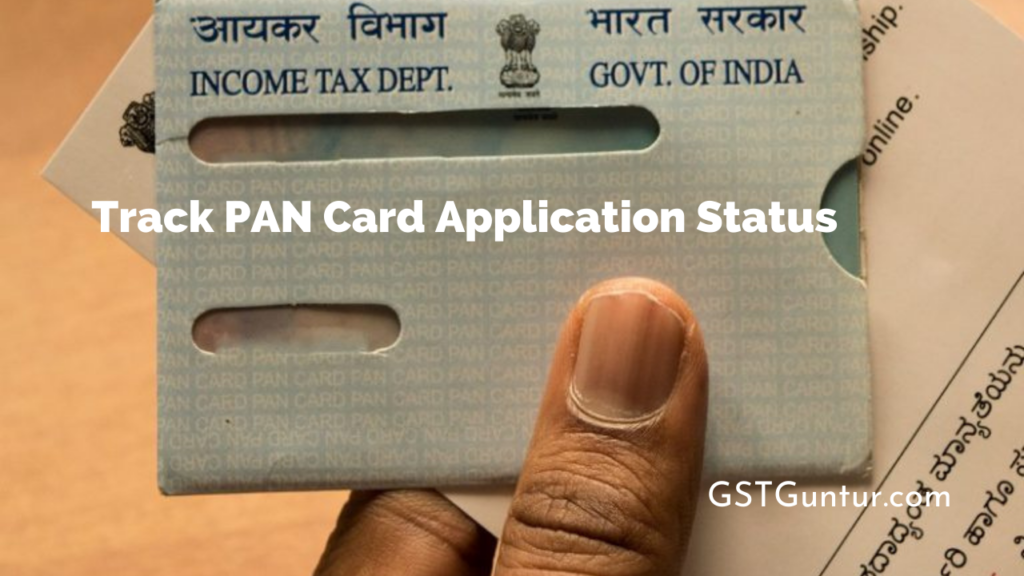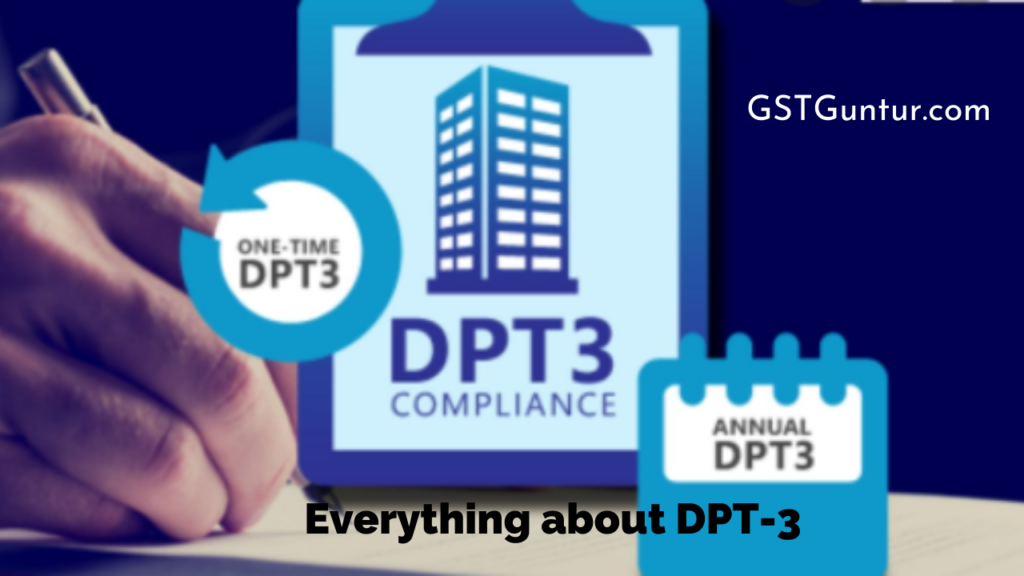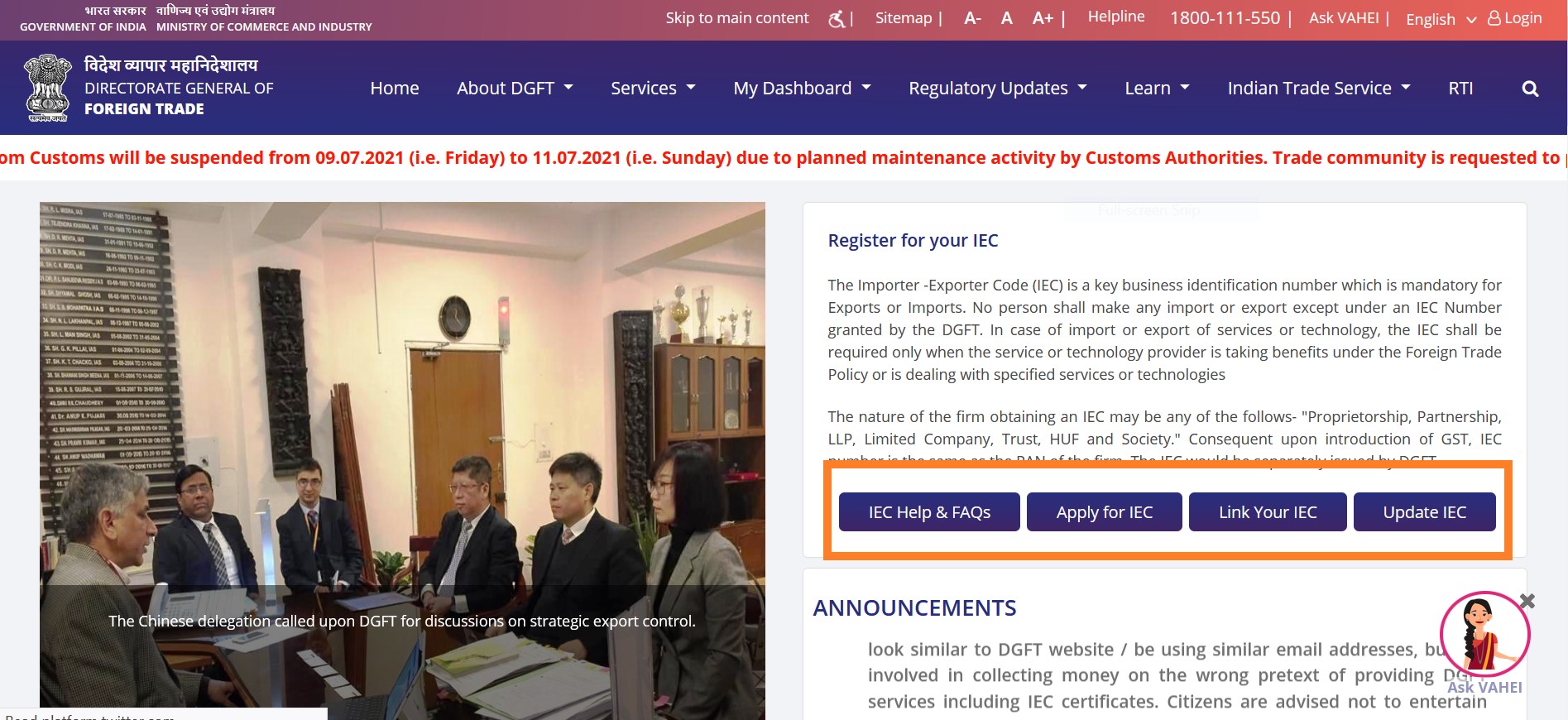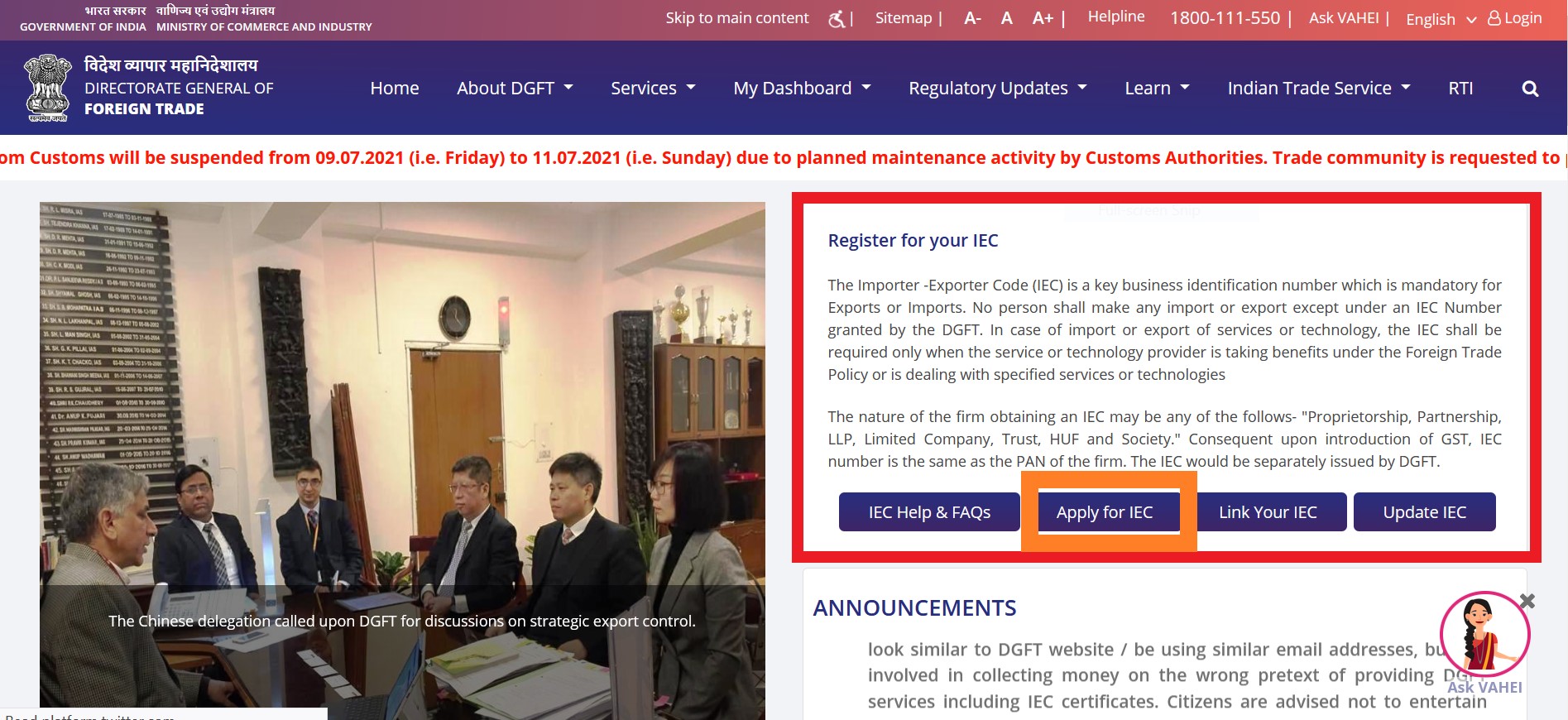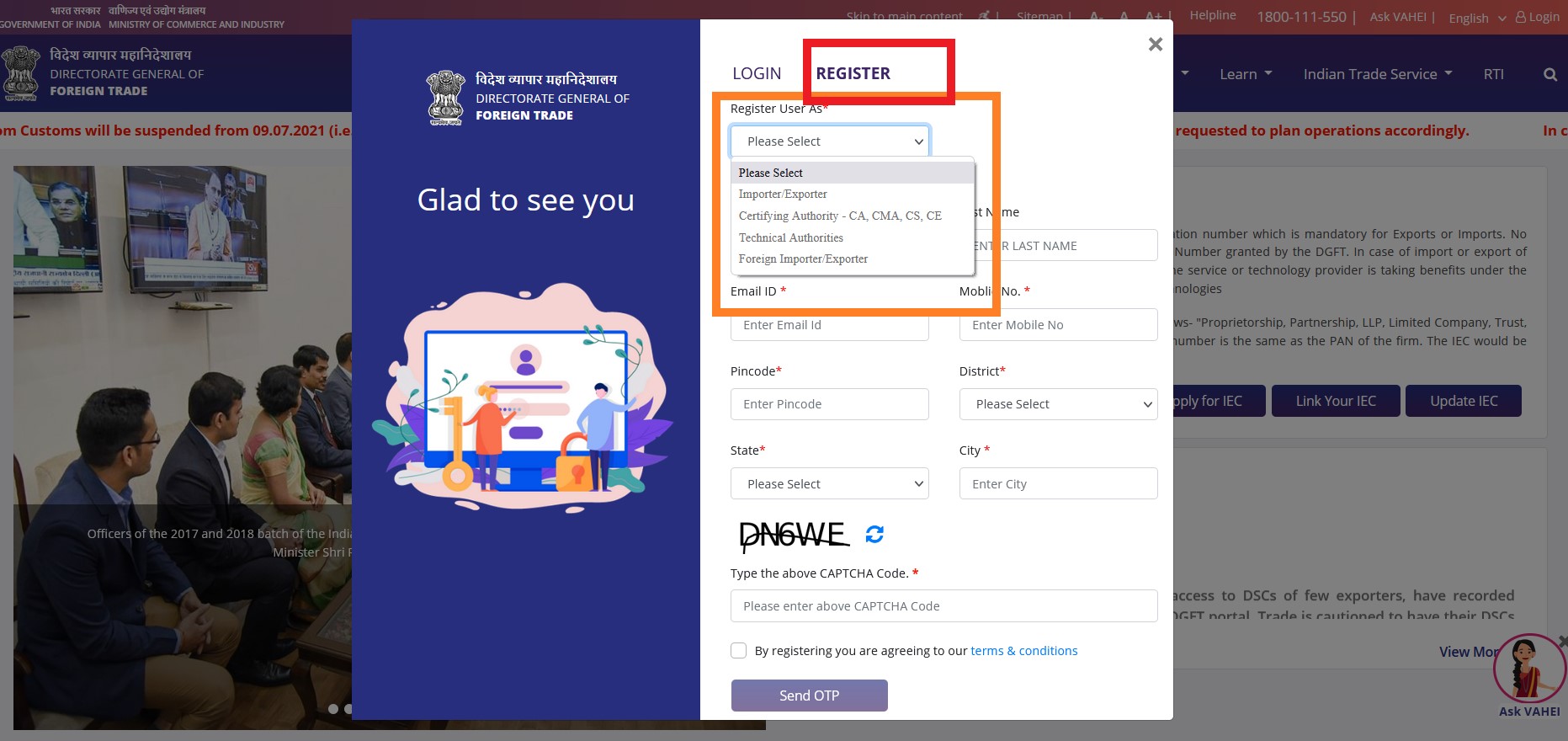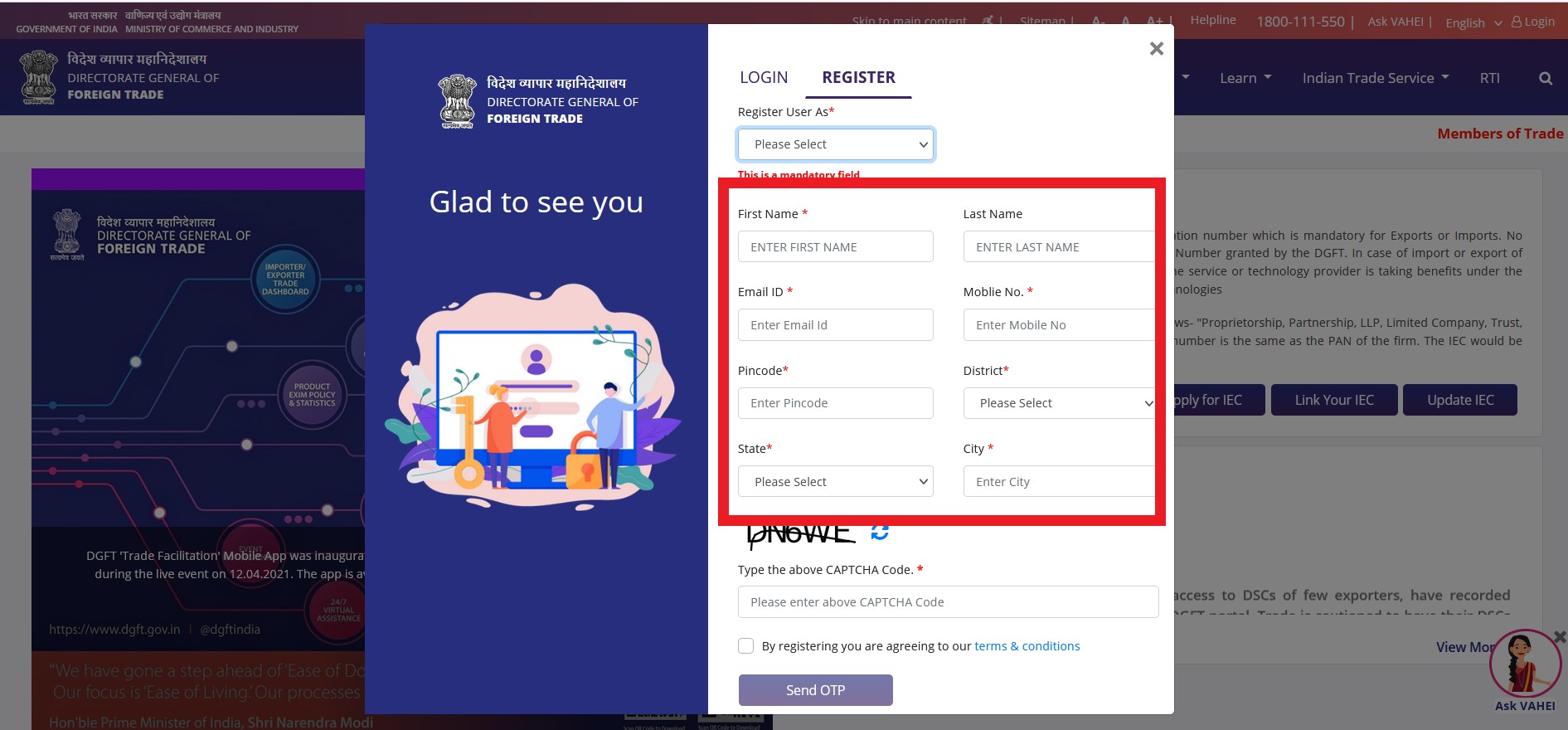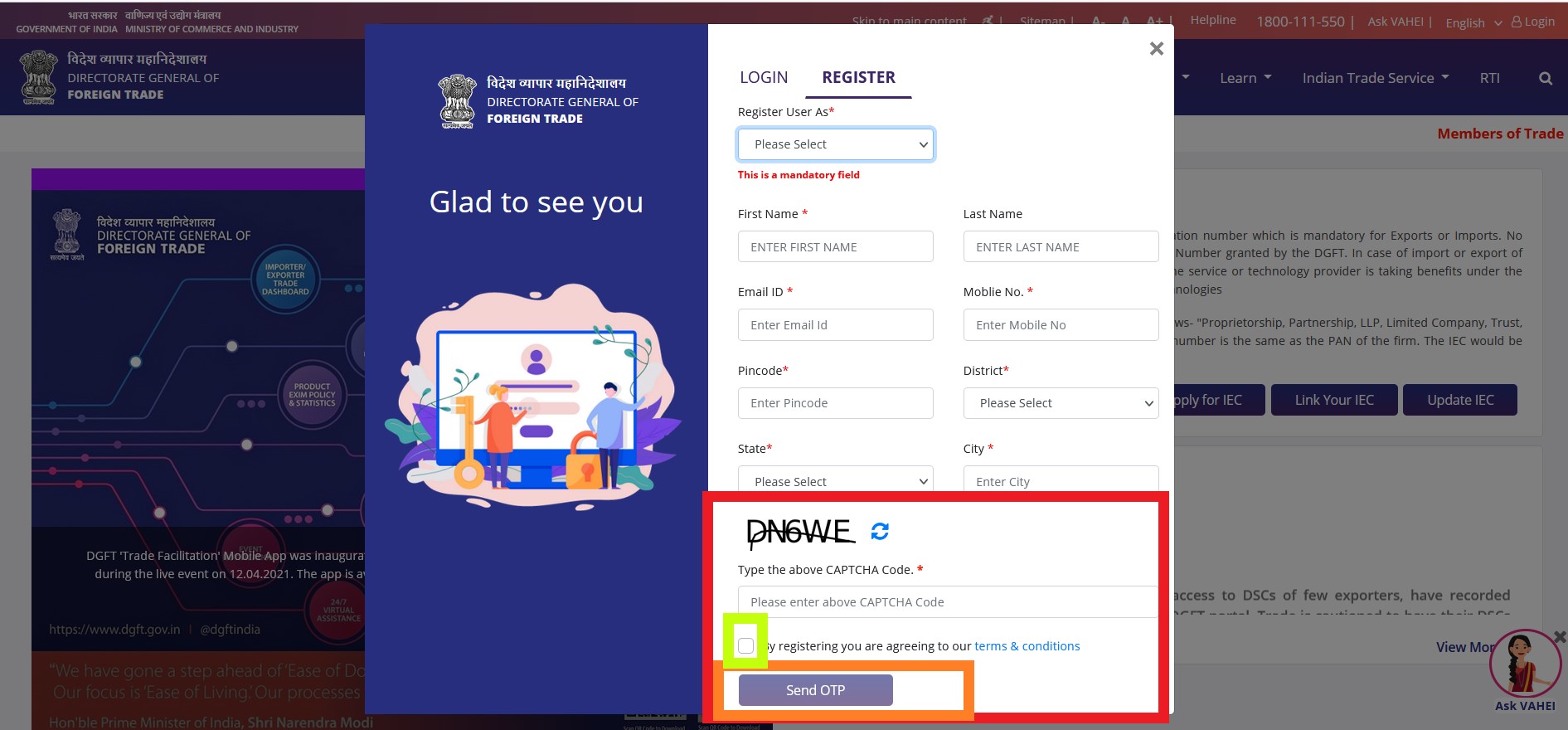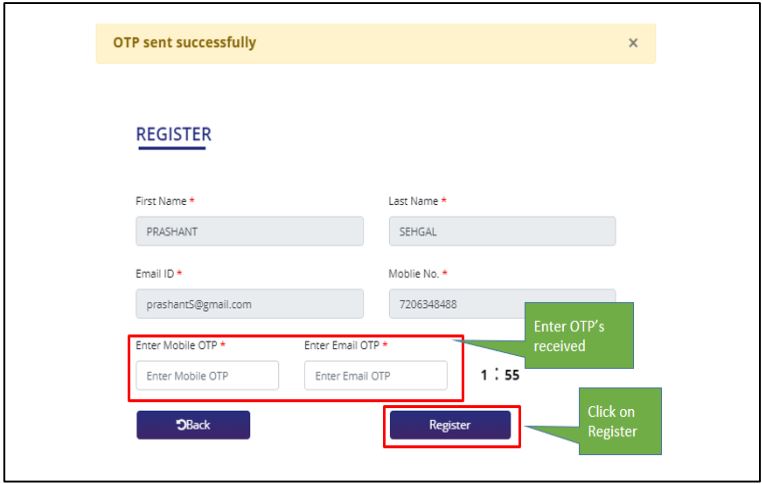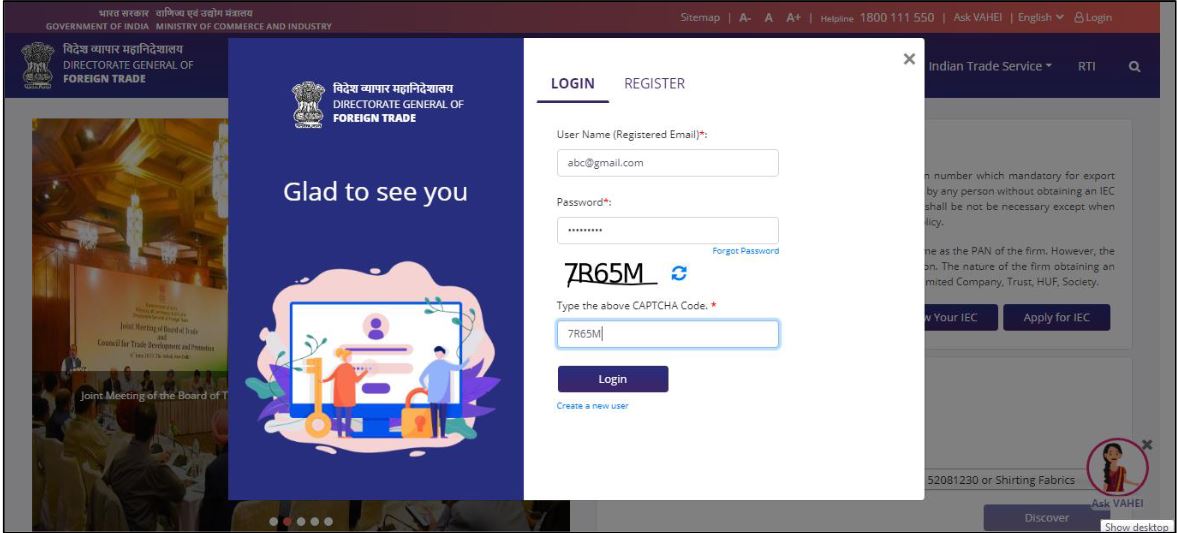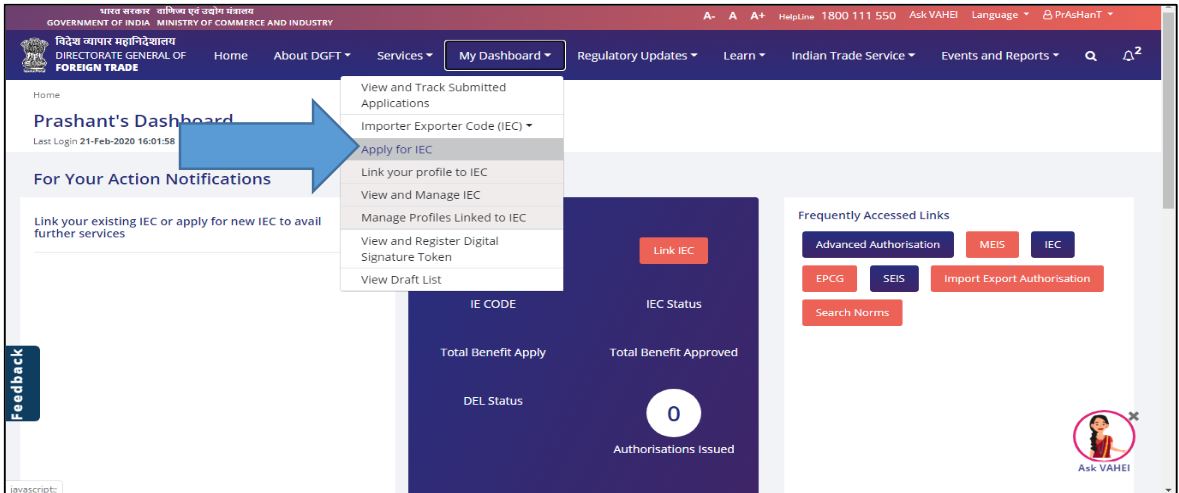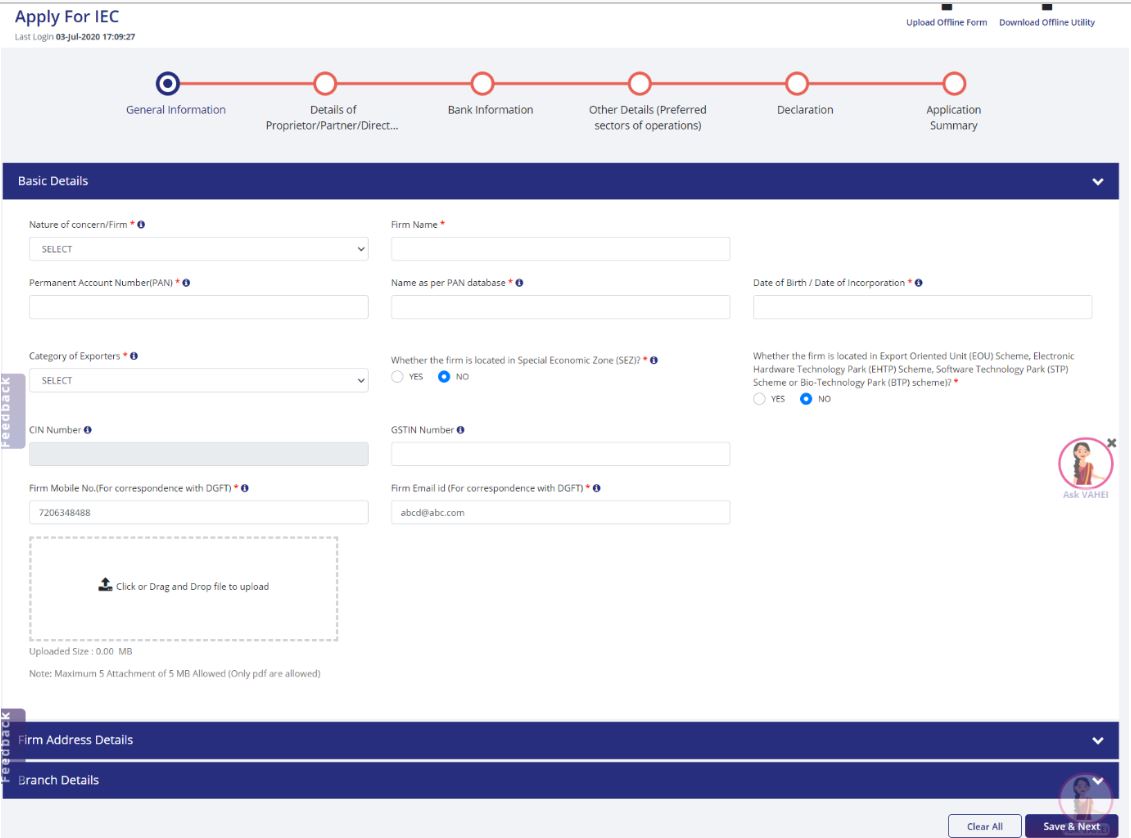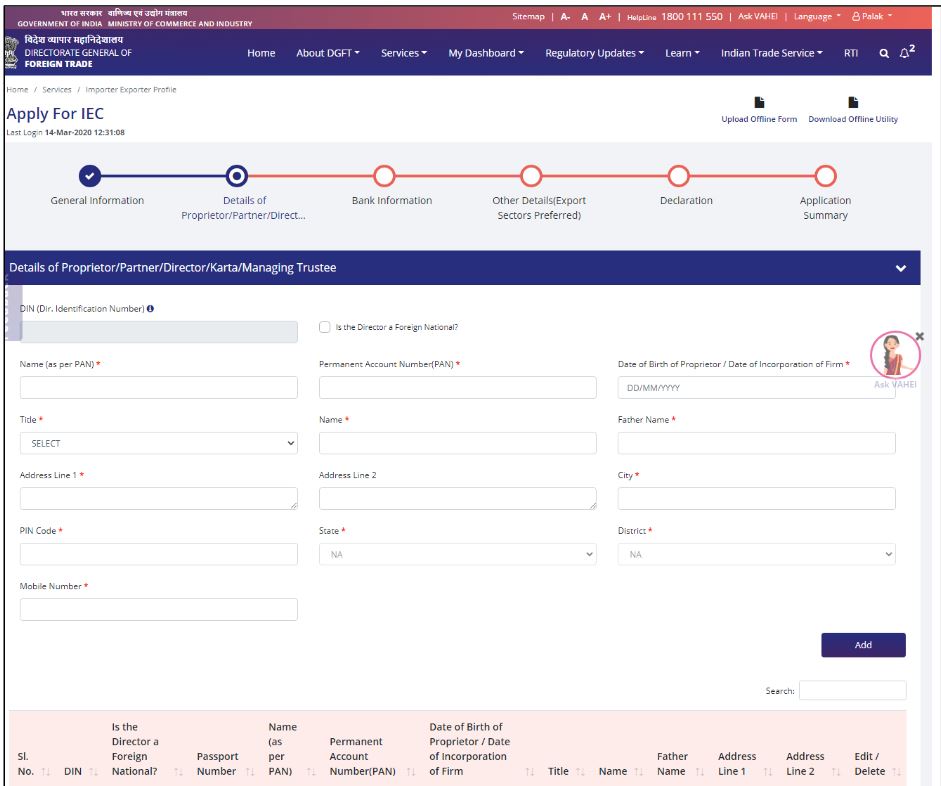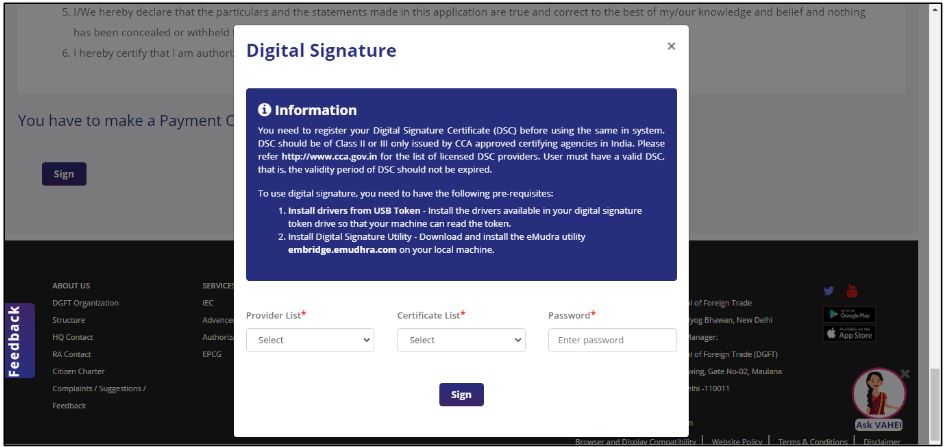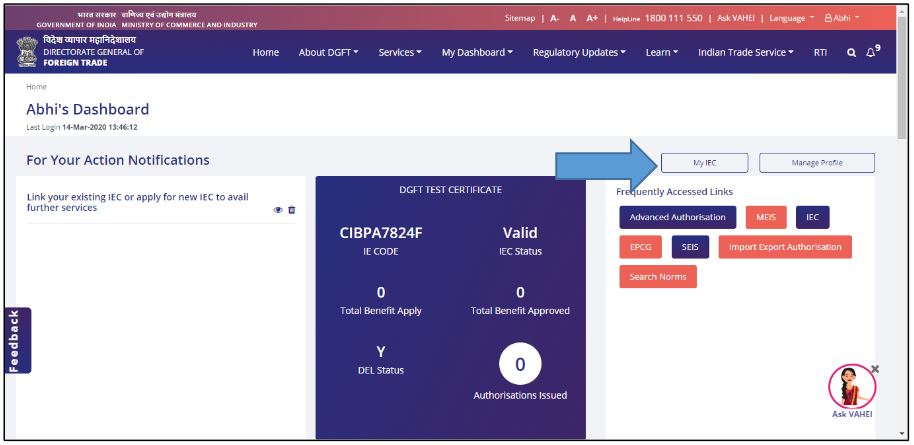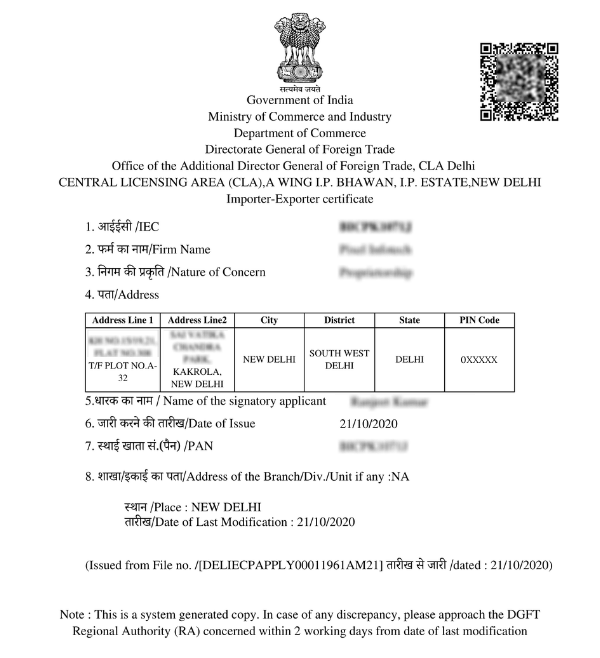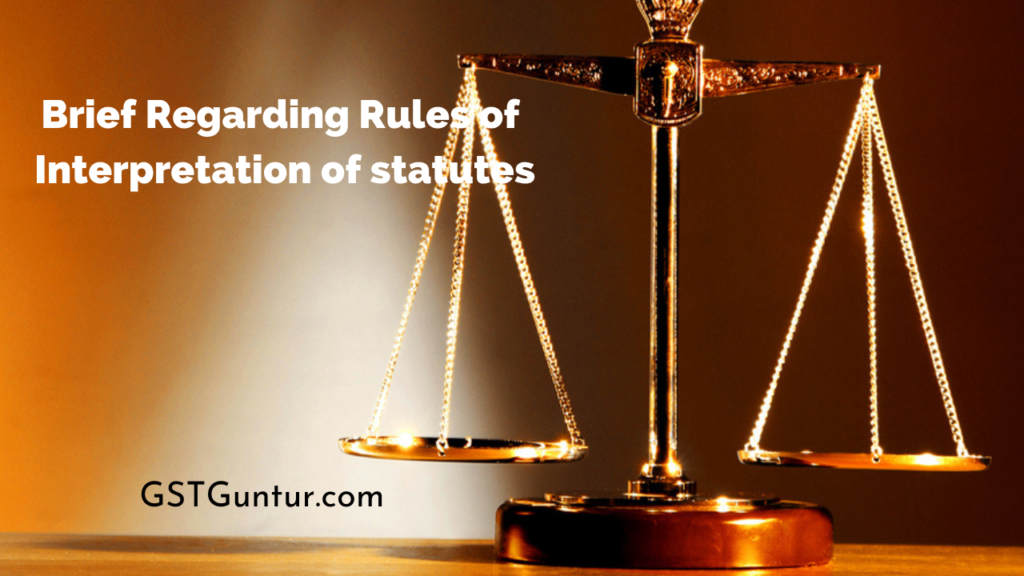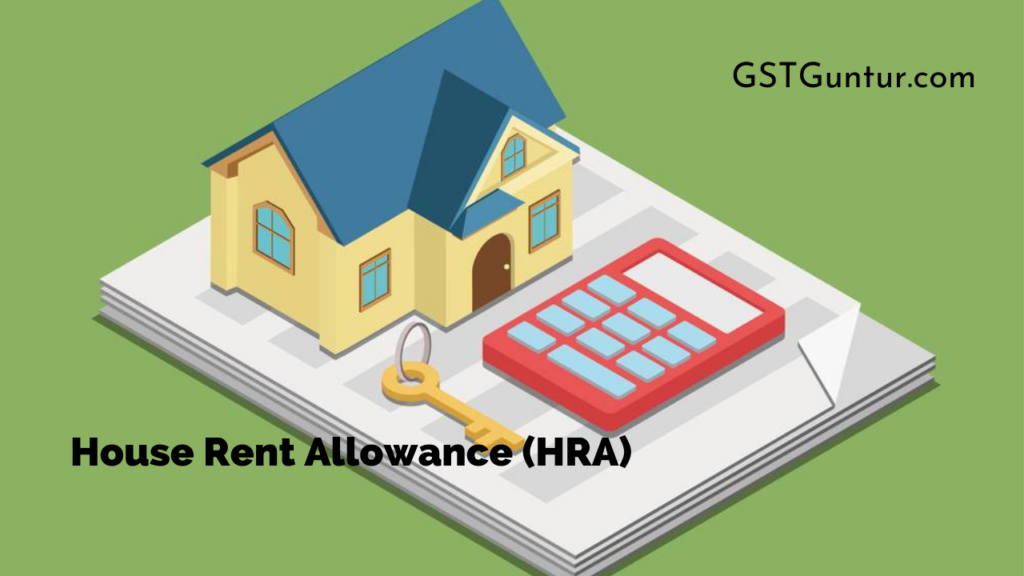Independent Auditors Report: An auditor’s report is a penned letter from the Auditor carrying their judgment on whether the financial statements of a firm are free from material misstatement and the statements do comply with GAAP- Generally Accepted Accounting Principles.
The external and independent audit report is typically published with the annual report of the Company. The Auditor’s report is critical because creditors and banks require an audit of the financial statements of the provided Company before lending to them.
How Does Auditor’s Report Work?
An auditor’s report is a penned letter attached to the financial statements of a company that states the opinion on the compliance with standard accounting practices of a company. The Auditor’s report is needed to be filed with a public financial statement of the Company when reporting earnings to the SEC-Securities and Exchange Commission.
However, an auditor’s report is not considered as an evaluation of whether a company is a reliable investment. Also, the audit report is not a study of the earnings performance of a company for the period. Instead, the report is simply a standard of the reliability of the financial statements.
Components of an Auditor’s Report
The Auditor’s letter serves a standard format, as established by GAAS- Generally Accepted Accounting Standards. A report ordinarily consists of three paragraphs.
- The first paragraph declares the responsibilities of the directors and Auditor.
- The second paragraph holds the scope, stating that a set of practices of standard accounting was the guide.
- The third paragraph holds the Auditor’s opinion.
On another function of the entity, an additional paragraph may inform the investor of the results of a separate audit. The investor will pay emphasis on the third paragraph, where the opinion is affirmed.
On the findings by the Auditor, the type of report issued will be dependent.
Below mentioned are the most prevalent types of reports issued for companies.
Unqualified or Clean Report
A clean or unqualified report indicates that the Company’s financial records conform to the guidelines set by GAAP and are free from material misstatement. A majority of audits end in clean or unqualified opinions.
Qualified Opinion
A qualified opinion may be issued in two situations:
- first, if material misstatements that are not pervasive are present in the financial statements; or
- second, if sufficient appropriate audit evidence on which to base an opinion is not obtained by the Auditor, but the potential effects of any misstatements material are not pervasive.
For example, a mistake that might have been made in calculating profit or operating expenses. Auditors typically affirm the specific areas and reasons where the issues are present so that the Company can fix them.
Adverse Opinion
An adverse opinion implies that the Auditor has concluded that misstatements in the financial statements are both material and pervasive after obtaining sufficient audit evidence. For a company, an adverse opinion is the worst possible outcome and can have legal ramifications and a lasting impact if not corrected.
Investors and Regulators will reject the financial statements of a company following an adverse opinion from an auditor. Also, corporate officers might face criminal charges if illegal activity exists.
Disclaimer of Opinion
A disclaimer of opinion implies that, for some cause, the Auditor is incapable of obtaining sufficient audit evidence on which the opinion will be base, and the possible effects on the financial statements of undetected misstatements, if present, could be both pervasive and material. Examples can include when an auditor wasn’t allowed access or can’t be impartial to certain financial information.
Opinion Made On The Report On The Audit Of The Financial Statements
The audited and accompanying financial statements, which comprise the balance sheet as of March 31, 2019, and statement of cash flows for the financial year then ended, and the Statement of Profit and Loss and notes to the financial statements, including a summary of additional explanatory information and significant accounting policies.
In such circumstances, the best opinion is to provide the information according to the explanations provided in the aforesaid financial statements give the information needed by the Companies Act, 2013 (‘Act’) in the manner so needed and provide a true and fair prospect in conformity with the accounting principles commonly accepted in India, of the state of affairs of the Company as at March 31, 2019, its cash flows and profit (or Loss) for the year ended on that date.
Foundation for Opinion
As mentioned under Section 143 (10) of the Companies Act, 2013, one should conduct ou audit in line with the auditing criteria indicated. The responsibilities specified of individual companies under those standards are further described in the responsibilities of the Auditor for the audit of the financial statements section of the Company’s report.
In accordance with the code of ethics declared by the Institute of Chartered Accountants of India, people are independent of the Company together with the ethical requirements that are relevant to people’s audit of the financial statements under the rules and the provisions of the Act thereunder, and people must fulfill their other ethical responsibilities in accordance with the code of ethics and these requirements.
People must believe that the audit evidence they have obtained is appropriate and sufficient to provide a basis for their opinion.
Going Concerned And Material Uncertainty Related To It (Include only is Applicable)
If the Company’s net worth is below zero, and the borrowings from financial institutions and banks have been nominated by the lenders as non-performing assets during the year. The succeeding hearing of the consortium banks is supposed to be in June 2019.
To initiate an OTS-One Time Settlement with the banks and improve the performance of the Company, it is also informed in the process of identifying alternative business plans of a Company. Pending submission of the other alternative resolution plans/OTS, a decision is yet to be taken by the lenders regarding the restructuring of the Company’s borrowings.
A significant uncertainty on the Company is cast through those above factors ability to continue as under a going concern. Dealing the resolution of the preceding uncertainties, the Company has developed the aforesaid statement on a going concern basis.
Matters Related To Key Audit
Matters related to Key audits are those matters that, in the professional judgment, were of most significance in the specific audit of the financial statements of the current time. Such matters are addressed in the context of the audit of the financial statements as a whole and in forming the opinion of the Auditor thereon, and auditors do not provide a separate conviction on these matters.
As per SA 701, Key Audit Matters, reporting of key audit matters are not applicable to the Company, which is unlisted.
Information Other Than The Auditors’ Report And The Financial Statements thereon
For the preparation of other relevant data, the Company’s board of directors is responsible. The other information includes the information including Annexures to Board’s Report, included in the Board’s Report, Business Responsibility Report but does not feature the financial statements and the Auditor’s report thereon.
The Auditor’s opinion on the financial statements does not cover the other information, and they do not represent any form of assurance conclusion thereon.
In connection and association with their audit of the financial statements, peoples responsibility is to understand the other relevant information and, in doing so, consider whether the other information is materially inconsistent with their knowledge obtained during the course of the audit or the standalone financial statements or contrarily resembles to be materially misstated.
There is a misstatement of material of this other information if, based on the work they have performed, and are required to report that fact. They have nothing to report in this regard.
Responsibility Of The Management Regarding The Financial Statements
As declared in Section 134 (5) of the Act, the Company’s board of directors are responsible for the materials declared with respect to the establishment of these financial statements that provide a practically possible and fair view of the cash flows, financial position, and financial performance of the Company in accordance with the standards specified under section 133 of the Act, regarding accounting principles generally accepted in India, including the accounting.
According to the provisions of the Act, this responsibility also incorporates maintenance of adequate accounting records for detecting and preventing frauds and other irregularities and for the safeguarding of the assets of the Company; application and selection of appropriate accounting policies; making judgments and estimates that are prudent and reasonable; and design, maintenance and implementation of adequate internal financial controls, that for ensuring the accuracy and completeness of the accounting records were operating effectively, relevant to the presentation and preparation of the financial statement that gives a practical and fair prospect and is free from material misstatement, whether due to error or fraud.
Management is completely responsible for assessing the ability of the Company to continue as a going concern, as appropriate, matters related to going concerned, disclosing, in the preparation of the financial statements and by employing the going concern basis of accounting unless management either intends to cease operations or to liquidate the Company or has no realistic alternative but to do so.
The board of directors for overseeing the Company’s financial reporting process also holds responsible.
Responsibility Of The Auditor Regarding The Audit Of The Financial Statements
The Auditor’s objectives are to obtain reasonable confidence about whether the financial statements as a combination are free from material misstatement, irrespective of due to fraud or error, and to issue an auditor’s report that includes their opinion. Reasonable assurance is a crucial level of assurance but is not a guarantee that an audit conducted in accordance with SAs will always disclose a material misstatement when it happens to exist. Misstatements can result from error or fraud and are regarded significant if, and only if, the following conditions are met: in the aggregate or individually, they could plausibly be expected to affect the economic decisions of users registered on the basis of these financial statements.
In accordance with an audit with SAs, the Auditor maintains professional skepticism and exercise professional judgment throughout the audit. Auditors also:
Auditors also:
- Assess and indicate the risks and hazards of material misstatement of the financial statements, whether due to fraud or error, perform and design audit procedures responsive to those risks, and procure audit documentation that is comprehensive and substantial to create a foundation for the auditor opinion. The risk of not finding a material misstatement emerging from fraud is higher than for one rising from error, as fraud may involve forgery, intentional omissions, misrepresentations, collusion, or the override of internal control.
- They gain an understanding of internal control related to the audit that is reasonable under the situations in order to create audit processes. They are also obliged, under section 143(3)(i) of the Companies Act, 2013, for conveying their view on whether the business has the operating competence of such controls and an appropriate internal financial controls system in place.
- Assess the appropriateness of the Companie’s used accounting policies and management’s made the reasonableness of accounting estimates and related disclosures.
- Settle on the appropriateness of management based on the audit evidence obtained, and their use of the going concern based on accounting and, whether a material uncertainty endures relevant to conditions or events that may form significant doubt on the ability of the Company to continue as a profitable concern. If the Auditor concludes that material exists uncertainty and is required to draw the attention of the Auditor in the Auditor’s report to the related disclosures in the financial statements or, if such financial disclosures are unsatisfactory, to modify the Auditor’s opinion. The Auditor’s final verdicts are based on the audit evidence obtained up to the date of the Auditor’s report. However, future conditions or events may cause the Company to cease to maintain as a going concern.
- Evaluate the overall structure, content, and presentation of the financial statements, including the disclosures, and whether the underlying transactions and events are in a manner represented in the financial statements that achieve fair presentation
Auditors communicate with those charged regarding governance, among other matters, the planned timing, and scope of the audit and significant audit findings, also covering any significant deficiencies in internal control that auditors identify during their audit.
Auditors also give a statement that we have complied with relevant ethical requirements regarding independence to those who are charged with governance and to interact with them about any relationships and other issues that may be deemed to be particularly relevant to their independence and related safeguards where applicable.
From communicating relevant matters with those charged with governance, auditors also determine those matters that were of most utmost importance in the audit of the financial statements of the current period and, therefore, the matters related to the key audit.
Auditor describes these matters in their Auditor’s report unless regulation or law precludes public disclosure about the matter or when, under exceptionally uncommon particular instances, auditors also determine that a matter should not be communicated in their report because the unfavorable outcomes of doing so would rationally be expected to surpass the public interest benefits of such communication.
Report On Other Regulatory And Legal Requirements
The terms of the Companies (Auditor’s Report) Order, 2016 (“the Order”), as per sub-section (11) included under section 143 of the Act, issued by the Central Government of India is not applicable to the Company since
- It is not a holding or subsidiary company of a public company;
- Its paid-up reserves and capital and as of the balance sheet date, the surplus is not more than Rs.1 Crores;
- Its total borrowings from financial institutions and banks at any time during the year are not more than Rs.1 Crores; and
- Its gross turnover for the year is not higher than Rs.10 Crores during the year.
OR
As ordered by the Companies (Auditor’s Report) Order, 2016 (“the Order”), as per sub-section (11) of section 143 of the Act, issued by the Central Government of India, the government provide in the Annexure “A,” a specific statement on the events particularised in paragraphs 3 and 4 of the Order, to the extent relevant.
As ordered by Section 143(3) of the Act, which reports that:
- Auditors have obtained and sought all the explanations and information which, to the best of the Auditor’s belief and knowledge, were essential for the purposes of their audit;
- In any auditors opinion, proper books of account as needed by law have been kept by the Company so far as it seems from the Auditor’s examination of those books;
- The balance sheet, the cash flow statement, and the statement of profit and loss must be dealt with the help of this report which is in agreement with the books of account;
- In any auditors opinion, the aforesaid statements of finance must comply with the accounting standards defined under Section 133 of the Act, and one must read with rule 7 of the Companies (Accounts) Rules, 2014;
- Based on the written descriptions taken on record by the board of directors and have been received from the directors as of March 31, 2019, then in terms of Section 164 (2) of the Act, none of the directors is disqualified from being appointed as a director as of March 31, 2019;
- Since the Company’s gross turnover as per last audited financial statements at any time during the year, is less than Rs.50 Crores and its borrowings from financial institutions and banks are less than Rs.25 Crores, the Company in terms of the effectiveness of the Company’s internal financial controls over financial reporting is exempted from getting an audit opinion, and the running effectiveness of such vide controls notification dated June 13, 2017; and
OR
With respect to the sufficiency of the controls on internal finance over financial reporting of the Company and the operational sustainability of such controls, refer to in a separate Report in “Annexure B.” The report expresses an unmodified conclusion on the operating effectiveness and adequacy of the internal financial controls over financial reporting of a Company;
(g) In accordance with Rule 11 of the Companies (Audit and Auditors) Rules, 2014, Concerning the other elements to be specifically mentioned in the Auditor’s Report, which states that it is the best information according to the explanations provided;
The Company would impact its financial position if it does not have any pending litigations;
OR
The Company on its financial position in its financial statements has disclosed the impact of pending litigations to the financial statements;
The Company did not hold any contracts which were long-term, including derivative contracts for which they had face any foreseeable material losses; and
OR
The Company has made terms and requirements, as required under the accounting standards or applicable law, for losses of foreseeable material, if any, including derivative contracts on long-term contracts; and
There should be no delay in transferring amounts needed to be transferred to the Protection Fund and Investor Education by the Company
OR
While there has been zero delay in transferring expenses needed to be transferred to the Protection Fund and Investor Education by the Company, due to technical issues, the related shares could not be transferred. People must be informed that the Company is exercising the required steps in this regard.
The Independent Auditor’s Report: Annexure “A”
In regard to the fixed assets of a Company:
(a) The Company has sustained proper records registering full particulars, including situations and quantitative details of fixed assets.
(b) The Company’s fixed assets were physically checked in full during the year by the management. According to the explanations and information are given to the people, and as examined by auditors, no material discrepancies must be regarded on such verification.
OR
(b) The Company, in a phased manner over a period of three years, holds a verification program to cover all the items of fixed assets, which, as of the Auditor’s opinion, is completely fair in light of the size and nature of the Company’s assets.
Following the program, certain fixed assets must be physically verified by the management team during the year. According to the explanations and information provided to auditors, no material discrepancies must be marked on such verification.
OR
(b) The Company holds a verification program in a phased manner over a period of three years to cover all the items of fixed assets, which, in the Auditor’s opinion, is reasonable having regard to the size and the nature of the assets of the Company. However, the management should not carry any physical verification during the year. Accordingly, the Auditor must not be prevented from commenting on whether any material discrepancies were marked on such verification and whether those discrepancies are properly dealt with in the financial statements.
(c) According to the explanations and information provided to the Auditor, the records examined by the Auditor, and they will report that the Company does not contain any freehold, are contained in favor of the Company as of the date mentioned in the balance sheet. In regard to immovable properties of building and land that have been disclosed as fixed assets or taken on lease mentioned in the financial statements, the lease agreements must be in the name of the Company.
OR
(c) According to the explanations and information provided to the Auditor, the records examined by the Auditor, and based on the examination of the conveyance deeds provided to the Auditor, they will declare that the title documents, which include all of the immovable possessions of buildings and land which are freehold, are accommodated in the name of the Company as at the date mentioned in the balance sheet.
In respect of immovable properties of building and land that have been taken as fixed assets or taken on lease disclosed in the financial statements, the lease agreements remain in the name of the Company.
- The inventory must be physically verified by the management team during the year. According to the Auditor’s opinion, the frequency of such verification must be reasonable. According to the explanations and information provided to the Auditor, and as examined by the Auditor, no material discrepancies must be noticed on such affirmation.
- According to the explanations and information provided to the Auditor, the Company, must not grant any loan unsecured or secured to firms, limited liability partnerships, companies, or other parties covered in the register needed under Section 189 of the Companies Act, 2013. Subsequently, paragraph 3 (iii) of the Order will not be applicable.
OR
According to the explanations and information provided to the Auditor, the Company has already granted unsecured to firms, limited liability partnerships, companies, or other parties covered in the register needed under Section 189 of the Companies Act, 2013.
According to the Auditor’s opinion, the rate of interest and other conditions and terms of such loans are not primarily prejudicial to the interest of the Company.
In regard to the aforesaid loans, the principal amounts must be presented as stipulated by the parties that are repaying the amount and, where applicable, are also regular in payment of interest.
In regard to the aforesaid loans, in the circumstances where the overdue amount is higher than 90 days, then according to the Auditor’s opinion, reasonable measures have been implemented by the Company for the successful recovery of the principal amounts, and interest must be applied.
According to the Auditor’s opinion, and according to the explanation and information provided to the Auditor, the Company must not grant any loans or give any security or made any investments or provide any guarantees to which the provision mentioned under section 185 and 186 of the Companies Act, 2013. Subsequently, paragraph 3 (iv) of the Order shall be not applicable.
OR
According to the Auditor’s opinion, and according to the explanation and information provided to the Auditor, in respect of investments, guarantees, security, and loans, the Company must comply with the provisions mentioned under sections 185 and section 186 of the Companies Act, 2013.
- According to the Auditor’s opinion, and according to the explanation and information provided to the Auditor, if the Company has not received any deposits and subsequently, paragraph 3 (v) of the Order will not be applicable.
OR
According to the Auditor’s opinion, and according to the explanation and information provided to the Auditor, the Company must comply with the provisions of Sections 73 to 76 or any other relevant guidelines of the Act and the rules framed, as mentioned under the directives of the Reserve Bank of India.
According to the Auditor’s opinion, and according to the explanation and information provided to the Auditor, no Order must be passed by the National Company Law Tribunal or Reserve Bank of India or Company Law Board or any other Tribunal or any Court on the Company in honor of the aforesaid deposits.
Under sub-section (1) of section 148 of the Act, the Central Government of India shall not prescribe the maintenance of charge records for any of the activities of the Company, and subsequently, paragraph 3 (vi) of the Order will not be applicable.
OR
Under section 148 of the Act, it broadly states that the reviewed books of account maintained by the Company agreeable to the rules made by the Central Government for the maintenance of expense records and are of the opinion that primarily faced, the prescribed records and accounts must be made and maintained.
In respect of statutory dues:
According to the explanations and information provided to the Auditor on the basis of their examination of the records of the Company, amounts accrued/deducted in the books of account in regard of dues that are considered including income tax, sales- tax, service tax, provident fund, employees’ state insurance, goods, and service tax, the duty of customs, value-added tax, cess, other material statutory dues and the duty of excise have generally been regularly deposited by the Company with the appropriate authorities during that specific year.
According to the explanations and information provided to the Auditor, regarding no undisputed amounts payable in regard to income tax, sales- tax, service tax, provident fund, employees’ state insurance, goods and service tax, the duty of customs, value-added tax, cess, other material statutory dues and the duty of excise dues were in arrears as at March 31, 2019, for a period longer than six months from the date they matured payable.
OR
According to the explanations and information provided to the Auditor, regarding no undisputed amounts payable in regard to income tax, sales- tax, service tax, provident fund, employees’ state insurance, goods and service tax, the duty of customs, value-added tax, cess, other material statutory dues and the duty of excise dues were in arrears as at March 31, 2019, for a period longer than six months from the time they became accountable for paying, except few details like:
- Name of the statute
- Nature of dues
- Period to which the amount relates
- Amount due
- Due date
- Date of payment
According to the explanations and information provided to the Auditor, and the records of the Company provided by them when examined by the Auditor, and if there are no dues of sales- tax, service tax, GST, the duty of customs, duty of excise and value-added tax, income tax, which not been deposited on account of any dispute.
According to the Auditor’s opinion, and according to the explanation and information provided to the Auditor, and the Company has no outstanding dues to any banks or any government or any debenture holders or financial institutions during the specific fiscal year. Subsequently, paragraph 3 (viii) of the Order will not be applicable.
OR
According to the explanations and information provided to the Auditor, and the records of the Company provided by them when examined by the Auditor, which states the Company has failed in repayment of all the dues to financial institutions, banks, and government as detailed in Appendix – I. During that specific year, the Company does not have any dues to debenture holders.
- If the Company has not raised any money by means of an initial public offer or by a further public offer (including debt instruments) and during that year, has not taken any term loans. Subsequently, paragraph 3 (ix) of the Order will not be applicable.
OR
The term loans secured during the year have been implemented for the purposes for which those are raised, then the Company shall not raise any money by way of an offer of initial public or offer of the further public (including debt instruments).
- To the best of an auditors’ knowledge and according to the explanations and information provided to the Auditor, no fraud by the Company or no material fraud on the Company by its employees or officers has been reported or noticed during the year.
- If the Company is a private limited company, and hence the provision mentioned under Section 197 read with Schedule V of the companies Act will not be applicable. Subsequently, paragraph 3(xi) of the Order will not be applicable.
- If the Company is not a Nidhi Company, and then subsequently, paragraph 3 (xii) of the Order will not be applicable to the Company.
- According to the explanations and information provided to the Auditor and the records of the Company provided by them when examined by the Auditor, transactions made with the related parties are in agreement with Sections 177 and 188 of the Act, where the details of such transactions have been published in the financial statements as claimed by the applicable accounting standards.
- According to the explanations and information provided to the Auditor and the records of the Company provided by them when examined by the Auditor; the Company should not make any private placement or preferential allotment of shares or partly or fully convertible debentures during the year. Consequently, paragraph 3(xiv) of the Order will not be applicable.
OR
According to the explanations and information provided to the Auditor and the records of the Company provided by them when examined by the Auditor, must state that the Company has carried out any private placement or preferential allotment of shares or partly or fully convertible debentures during the year and in regard of which the Company must comply with Section 42 of the Act and raised amount has been applied for the objectives for which the funds are raised.
- According to the explanations and information provided to the Auditor and the records provided by the Company when examined by the Auditor, must state that the Company has not entered into non-cash transactions with persons or directors connected with them. Subsequently, paragraph 3(xv) of the Order will not be applicable.
- According to the explanations and information provided to the Auditor and the records provided by the Company when examined by the Auditor, must state that the Company is not obliged to be legally registered under Section 45-IA of the Reserve Bank of India Act 1934.
The Independent Auditor’s Report Annexure “B”
Under section ‘Report on other legal and regulatory requirements, the Auditor’s Report to the Members of a Private Limited Company.
As per clause (i) of subsection 3 of section 143 of the Companies Act, 2013 (“the Act”), reports were made on the internal financial controls over financial reporting.
The audited report regarding the internal financial controls over financial reporting of a Private Limited (“the Company”) as relevant on March 31, 2019, in conjunction with the audit of the financial statements of the Company made by the Auditor for the year ended on that date.
The Responsibility Of Management Regarding Internal Financial Controls:
The Company’s board of directors is entirely responsible for building and maintaining internal financial controls on the basis of the criteria mentioned for internal control over financial reporting, which is established by the Company acknowledging the essential components of internal control declared in the ‘Guidance Note on Audit of Internal Financial Controls Over Financial Reporting’ published by the Institute of Chartered Accountants of India.
These responsibilities incorporate the implementation, maintenance, and design of adequate internal financial controls that were functioning effectively for ensuring the efficient and orderly conduct of its business, the prevention and detection of frauds and errors, the safeguarding of its assets, the completeness and accuracy of the accounting records, and the timely establishment of reliable financial information, as claimed under the Companies Act, 2013.
Responsibility Of The Auditors:
The Auditor’s responsibility is to represent an opinion on the internal financial controls across financial reporting of the Company on the basis of their audit. The Auditor’s conducted their audit in accordance with the Guidance Note on Audit of Internal Financial Controls Over Financial Reporting (the “Guidance Note”) published by the Institute of Chartered Accountants of India and the auditing standards prescribed under Section 143 (10) of the Companies Act, 2013, to the extent applicable to an audit of internal controls of finance. Those standards and the guidance note demand that the Auditor must comply with the plan and perform with ethical requirements and obtain reasonable assurance of the audit whether adequate internal financial controls over financial reporting were built and maintained and if before-mentioned controls are effectively operated in all material respects.
Their audit involves performing procedures to obtain audit evidence about the adequacy of their operating effectiveness and the internal financial controls system over financial reporting. Their audit of internal financial controls over financial reporting involved obtaining a conclusion of internal financial controls protecting financial reporting, evaluating the risk that a material weakness may exist, and testing and assessing the design and based on the assessed risk, obtaining the operating effectiveness of internal control. The procedures picked depend on the judgment of the Auditor, including the estimation of the risks and hazards associated with material misstatement in the financial statements, whether due to error or fraud.
The Auditor only believes the audit evidence that they have obtained, which is appropriate and sufficient to provide a base for their audit opinion on the internal financial control system over financial reporting of the Company.
Definition Of Internal Financial Controls Over Financial Reporting:
The internal financial control of a company over financial reporting is a process created to provide reasonable assurance concerning the preparation of financial statements for external purposes and the reliability of financial reporting in accordance with regularly accepted principles of accounting.
The internal financial control of a company over financial reporting includes these procedures and policies:
(i) related to the upkeep of the records that, in understandable detail, fairly and accurately reflect the dispositions and transactions of the company assets;
(ii) grant feasible assurance that transactions are recorded as essential to permit preparation of financial statements in line with generally accepted principles of accounting and that expenditures and receipts of the Company are being implemented only in accordance with authorizations of directors and management of the Company; and
(iii) grant logical assurance regarding timely detection or prevention against unauthorized acquisition, disposition or use, of the Company’s assets that could have a material impact on the financial statements.
Opinion:
According to the explanations and information provided to the Auditor and the records of the Company offered by them when examined by the Auditor, must state that the Company has, in all respects of material, possess an adequate control system of internal financial over financial reporting, and such controls on internal financial over financial reporting must be operated effectively as of March 31, 2019, based on the internal control over financial recording criteria settled by the Company acknowledging the fundamental components of internal control declared in the ‘Guidance Note on Audit of Internal Financial Controls Over Financial Reporting’ published by the Institute of Chartered Accountants of India.
Limitations of internal financial controls over financial reporting:
Because of the intrinsic limitations of internal financial controls over financial reporting, including improper management of override of controls, material misstatements due to any sort of discrepancy or fraud may occur and not be detected or the possibility of collusion. Also, predictions of any evaluation of the internal financial controls over financial reporting to future time periods are subject to the risk that it may become that the degree of compliance with the policies or inadequate because of changes in conditions or procedures may deteriorate performed in the internal financial control over financial reporting.
Final Words:
One part of the Auditor’s report declares that “accompanying financial statements present fairly, the financial position of the company as of XXX, in all material respects.”
It is necessary to note that it states that the financial statements are displayed “fairly” – it does not state that they are presented “precisely” or “accurately.” It implies that there are certain areas where policy choices and professional judgment were made, and between the judgments of different auditors, differences could exist. Furthermore, “in all material respects” is also a significant phrase. Materiality is the concept that specific changes are substantial enough to improve the investment decisions of potential investors and investors potentially. It indicates that concerns that only deal with a small division, i.e., 1% of net income, is not material.
Material misstatements are the primary concern of Auditors, which include omissions or other errors that in the aggregate or individually would reasonably be assumed to influence the user’s economic decisions. Materiality is crucial in the field of an audit and affects what kind of report the Auditor will result in.
